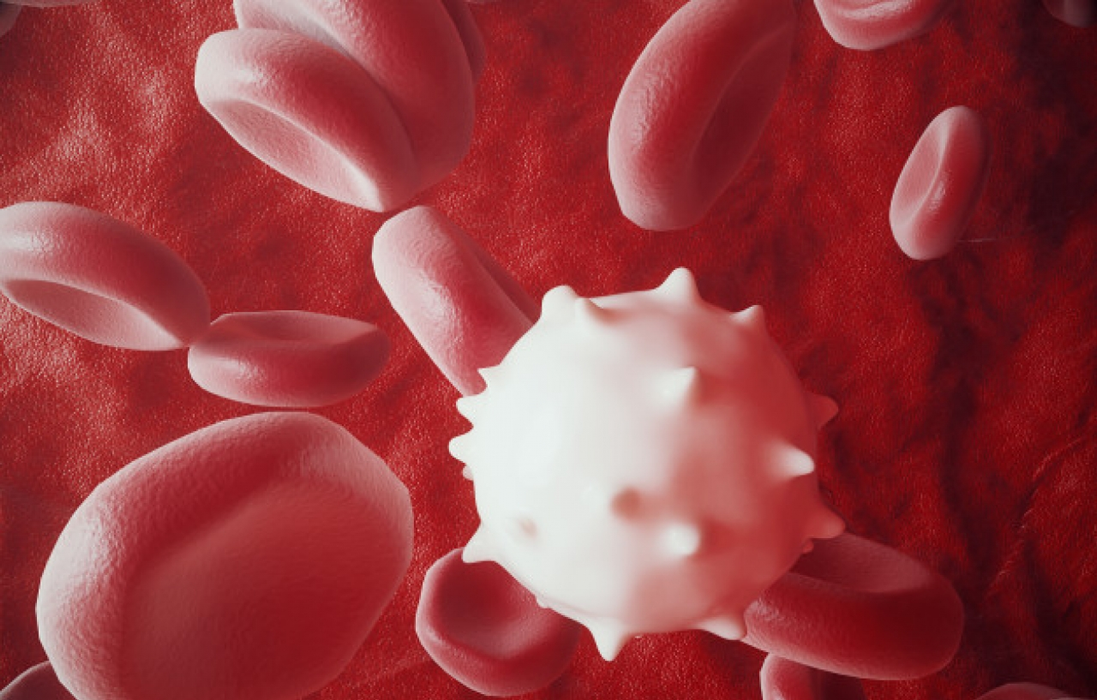Regenerative Medicine News and General Information
Prospective Treatment for Chronic Granulomatous Disease
Chronic granulomatous disease (CGD) is by mutations in genes coding for subunits or regulatory proteins of the NADPH oxidase complex, that is, X-linked mutations in CYBB or autosomal recessive mutations in CYBA, NCF1, NCF2, and CYBC1, that cause absent or severely reduced production of superoxide in all phagocytes , so they are unable to kill certain types of bacteria and fungi. People with CGD are highly susceptible to frequent and sometimes life-threatening bacterial and fungal infections.
People with CGD take lifelong regimens of antibiotics and antifungals to prevent infections, as well as immunosuppressive therapy. Injections with interferon gamma, a protein that improves the activity of phagocytes, also may help reduce the number of severe infections. Although prophylaxis has strongly decreased mortality, infections still occur at 0.26-0.64 per patient-year with a cumulative lifetime risk for aspergillosis of 20%-40%, remaining the leading cause of death. Abscesses need aggressive care that may include surgery.
In retrospective studies, the median lifespan of conventionally treated CGD patients is 30-40 years, presumably dependent on the residual activity of the NADPH oxidase.
In contrast, allogenic hematopoietic stem cell transplantation (HSCT) potentially cures CGD. Because transplantation-related mortality was originally at 15%-50%, HSCT was used as salvage therapy for patients with recurrent infections or refractory inflammation, but with the improvement of human leukocyte antigen matching (HLA) reduced-toxicity conditioning decreased treatment-related morbidity and mortality.
What’s the results of new studies about HSCT ?
A retrospective study led by Hor Von Bernuth and Jorn-Sven Kuhl , they analyzed 104 conventionally treated CGD patients, of whom 50 patients underwent HSCT.
Chronic granulomatous disease patients, born after 1 January 1980 and treated for at least 3 months with conventional treatment, were eligible. Data were retrospectively collected at onsite visits in the centers between May 2016 and September 2017. Overall survival (OS) and severe complication-free survival were determined for conventionally treated patients and after HSCT, respectively. Patients undergoing HSCT were analyzed for event-free (EFS), that is, engrafted survival.
Median age of all 104 CGD patients at diagnosis was 2.2 years and median follow-up was 9.3 years.
On conventional treatment, seven patients (13%) died after a median time of 16.2 years (IQR 7.0-18.0). Ninety-two patients (88%) suffered from at least one severe complication: 51 developed a bacterial, 44 a fungal or a disseminated BCG infection, 51 colitis, and 20 an inflammatory lung disease and non-infectious inflammatory episodes developed in 79 patients (76%).
Fifty patients underwent allogeneic HSCT at a median of 5.6 years. Forty-four patients in the HSCT group are alive at a median follow-up of 2.3 years with an estimated OS of 86 ± 6% . Four of these patients had undergone HSCT with an active infection which progressed during transplantation and aggravated by either graft failure. After graft failure, six received a second donation of whom 5 survived.
Survival was also impaired in patients transplanted above 8 y/a (OS 70 ± 12% vs 96 ± 4%).
Survival rates of patients transplanted without active complications (OS 100%), particularly, without fungal infections (OS 90 ± 5%), were superior to the ones transplanted with active complications (OS 75 ± 9%) or with fungal infections (OS 68 ± 16%) and to conventionally treated patients.
Chronic granulomatous disease patients undergoing HSCT until 8 years of age show excellent survival, but young children need more intense conditioning to avoid graft rejection. Risks and benefits of HSCT for adolescents and adults must still be weighed carefully. More studies are needed to establish and confirm the benefits and risks of using this therapy.
SOURCE:
Cinzia Dedieu,Michael H. Albert,Nizar Mahlaoui,Fabian Hauck,Christian Hedrich,Ulrich Baumann,Klaus Warnatz,Joachim Roesler,Carsten Speckmann,Johannes Schulte,Alain Fischer,Stephane Blanche,Horst von Bernuth,Jörn-Sven Kühl (October 28, 2020). Outcome of chronic granulomatous disease – Conventional treatment vs stem cell transplantation. Pediatric Allergy and Immunology. Retrieved from : https://onlinelibrary.wiley.com/doi/epdf/10.1111/pai.13402
IMAGE:
https://cdn.ntmx.me/media/2020/05/11/_hd531b1fc1638018e75530314f0e7ef44973ef0a3d.jpg

